Discover 11 hidden attractions, cool sights, and unusual things to do in Nishitōkyō (Japan). Don't miss out on these must-see attractions: Inokashira Park Zoo, Higashikurumeshi Chikurin Park, and Musashiseki Park. Also, be sure to include Musashino Central Park in your itinerary.
Below, you can find the list of the most amazing places you should visit in Nishitōkyō (Tokyo).
Table of Contents
Inokashira Park Zoo
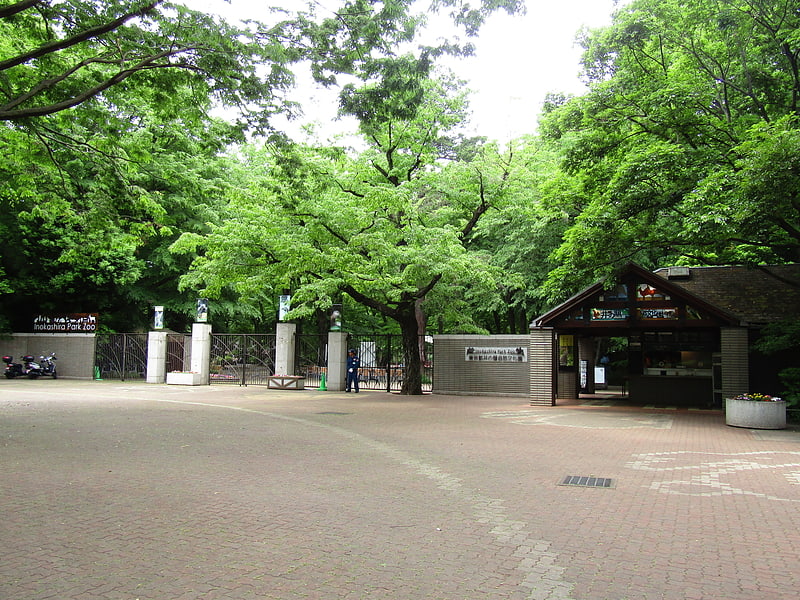
Inokashira Park Zoo is a city zoo in Musashino, Tokyo. It is in a corner of Inokashira Park near the Ghibli Museum. A branch of the zoo is in Mitaka. It opened on May 17, 1942.[1]
Address: 1-17-6 Gotenyama, 180-0005 Musashino
Higashikurumeshi Chikurin Park
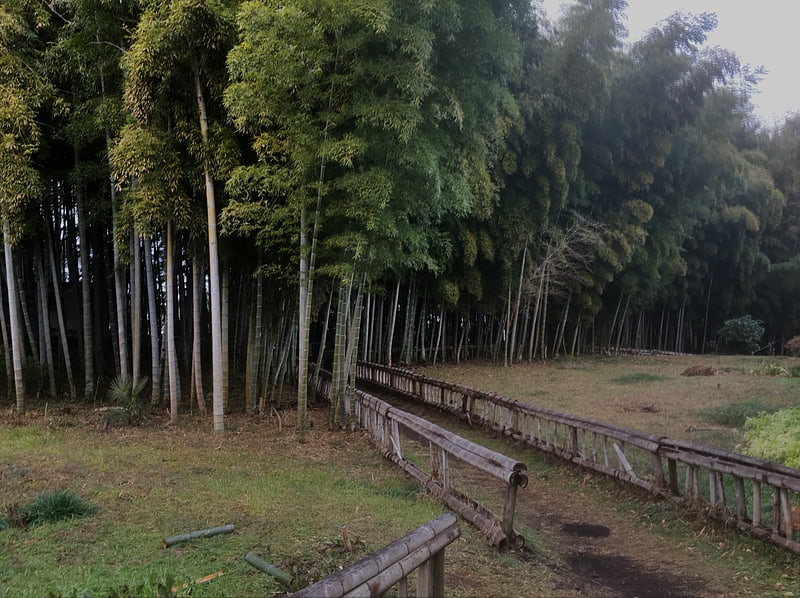
Higashikurumeshi Chikurin Park is a bamboo grove with natural spring water. It is located in Higashikurume, Tokyo. It was created by taking advantage of the natural shape of the land, and there is a path through the bamboo grove. The park has over 2,000 bamboo trees.
It was constructed in 1974 and was selected as one of the 100 New Tokyo Views in 1983.[2]
Musashiseki Park

Musashiseki Park is a public park in Nerima Ward, Tokyo, Japan.[3]
Musashino Central Park
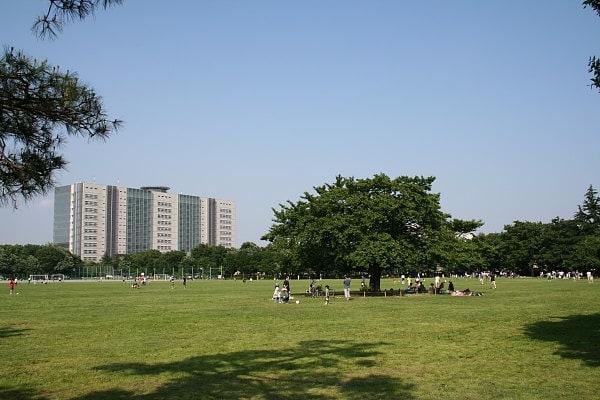
Park in Musashino, Japan. Musashino Central Park is a public park in the Yahata-cho region of the city of Musashino in Tokyo, Japan.[4]
Ōizumi-Chūō Park

Ōizumi-Chūō Park is a public park in Nerima Ward, Tokyo, Japan.[5]
Akinohi Park

Akinohi Park is a public park in the Hikarigaoka region of Nerima, Tokyo, Japan.[6]
Musashino
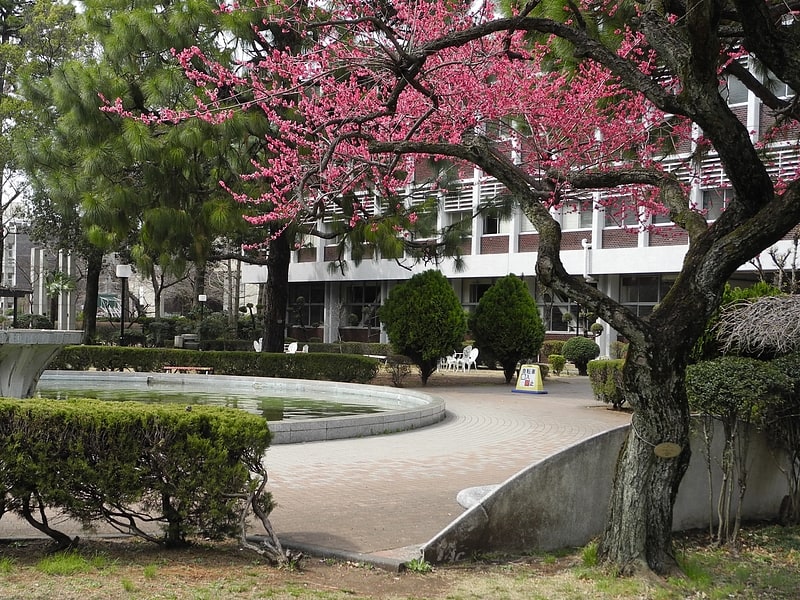
Also known as: 武蔵野市
City in Japan. Musashino is a city located in the western portion of Tokyo Metropolis, Japan. As of 1 March 2021, the city had an estimated population of 147,492 in 77,779 households, and a population density of 13,000 persons per km². The total area of the city is 10.98 square kilometres. Based on the 2015 Kanto Ranking, Musashino was the fifth most desirable place to live in Central Japan.
Popular attractions in Musashino include Kichijōji; a residential and shopping neighborhood with malls such as Atre Kichijoji, recreational areas such as Inokashira Park, Musashino Chuo Park, Musashino Municipal Athletic Stadium and Musashino Sports Complex.[7]
Senkawa Aqueduct
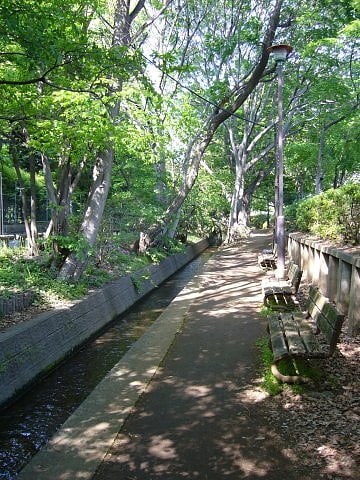
Senkawa Aqueduct is a 22 km long Japanese aqueduct located in Tokyo.[8]
Kichijoji
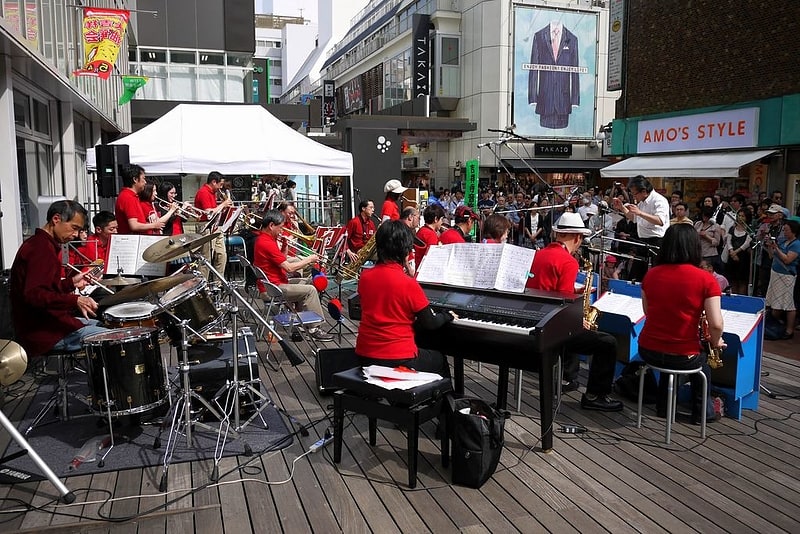
Also known as: 吉祥寺
Neighborhood in Musashino, Japan. Kichijōji is a neighborhood in the city of Musashino in Tokyo, Japan. It is centered on a compact but very popular commercial area to the north of its train station and to the south a little, with a full range of shops, restaurants, bars, and coffee houses. The area is a popular place centre for shopping and leisure in the Tokyo metropolitan area and is also home to Inokashira Park and its zoo.
Kichijoji has been voted the number 1 place that people in Japan wish they would live, every year since the 1990s according to polls by the magazine CNN GO. Kichijōji Station is served by the Chūō Line which runs to Tokyo Central Station in around 30 minutes, Sobu Line, Tozai Line and is also a terminus of the Keiō Inokashira Line, which takes passengers as far as Shibuya, another fashionable shopping center in Tokyo, in around 20 minutes on the express service.[9]
Seikei University

Also known as: 成蹊大学
Independent school in Musashino, Japan. Seikei University is a private university in the Kichijōji area of the city of Musashino, Tokyo, Japan.
Its name derives from a passage in the Records of the Grand Historian by Sima Qian. Its campus is noted for its rows of zelkova trees, which is listed as one of the 100 Soundscapes of Japan.[10]
Address: 3-3-1 Kichijoji-Kitamachi, 180-8633 Musashino
Higashikurume
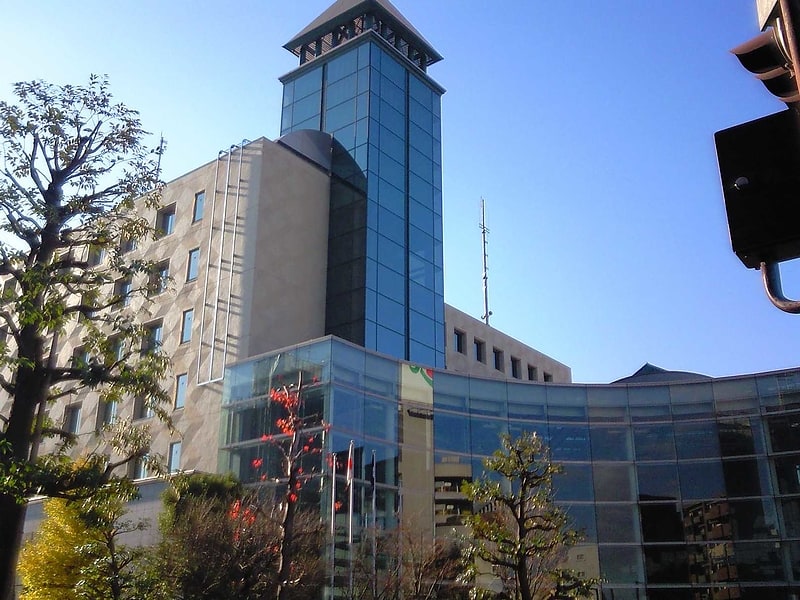
Also known as: 東久留米市
City in Japan. Higashikurume is a city located in the western portion of Tokyo Metropolis, Japan. As of 1 April 2021, the city had an estimated population of 117,020, and a population density of 9100 persons per km². The total area of the city was 12.88 square kilometres.[11]